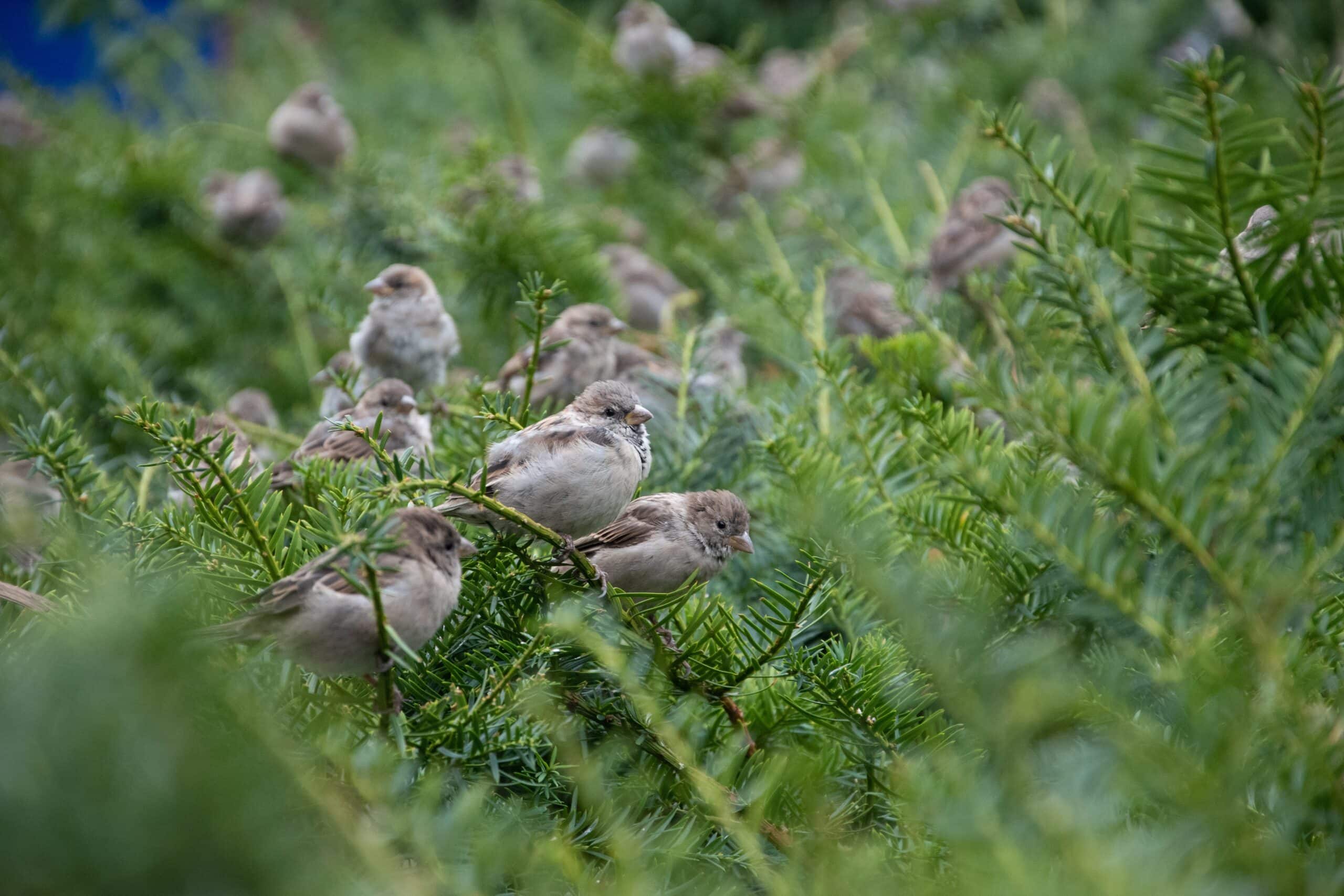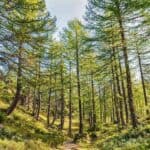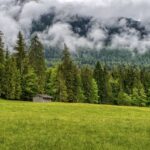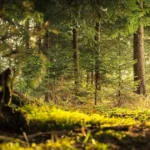In the world of nature, two fundamental terms, Flora and Fauna, play a vital role in defining the living entities that surround us. Exploring differences between flora and fauna involves unraveling the unique characteristics that set these two life forms apart.
Flora refers to the vast realm of plant life, ranging from delicate flowers to towering trees, while Fauna encompasses the diverse world of animals, including everything from insects to mammals.
From the rooted greenery of Flora to the mobile and varied Fauna, understanding these distinctions opens a window into the intricate tapestry of our ecosystems.
This blog post aims to shed light on the nuances that differentiate between flora and fauna, providing insight into their roles, interactions, and the delicate balance they maintain in the grand theater of nature.
Definition of Flora and Fauna
Flora and fauna are terms that help us understand the living things that make up the world around us. Let’s start with flora. Flora is a word that refers to all the different types of plants.
It includes everything from the smallest flowers to the tallest trees. When we talk about flora, we are talking about the greenery that covers the land.
On the other hand, fauna is a term that describes all the various animals on Earth. From tiny insects to big mammals, fauna covers the entire spectrum of animal life. So, in simple terms, flora is about plants, and fauna is about animals.
Understanding these words helps us appreciate the rich tapestry of life in nature.
Characteristics of Flora
Let’s take a closer look at the characteristics of flora, which refers to all the different types of plants. Plants have some unique features that make them special.
One key aspect is photosynthesis, where plants use sunlight to make their food. It’s like their way of cooking, but instead of a stove, they use sunlight.
Another interesting thing is the cell structure of plants. They have cells with sturdy cell walls that give them support, like the walls of a house. Additionally, plants have a fascinating way of reproducing.
Some plants use seeds, like apples and sunflowers, while others use spores, like mushrooms. These characteristics help plants thrive and play a crucial role in the balance of nature.
Characteristics of Fauna
Let’s dive into the world of fauna, which encompasses all the various animals on Earth. Animals come in different shapes and sizes, and they have some fascinating characteristics.
One key aspect is mobility—animals can move around to find food, shelter, or even migrate to different places. For instance, birds use their wings to fly, and fish use fins to swim.
The forms of animals are diverse, ranging from tiny insects to large mammals. Think about a butterfly with its delicate wings or an elephant with its powerful trunk.
Animal behavior is another interesting aspect; it includes how they communicate, find food, and interact with each other.
For example, bees work together in a hive, and wolves hunt in packs. Exploring these characteristics helps us appreciate the incredible variety of life in the animal kingdom.
Also Read: Urgency of Forest and Wildlife Conservation
Diversity in Flora
Let’s talk about the incredible diversity found in flora, which includes all the different types of plants. There’s a vast array of plant species, each with its unique features that help them thrive in different environments.
Take cacti, for instance; these plants have adapted to arid deserts by storing water in their thick stems.
In rainforests, you’ll find towering trees like the kapok tree that reach great heights to access sunlight. Some plants, like the Venus flytrap, have developed unique ways to catch insects for nutrients.
Orchids showcase diverse and colorful flowers, each with its own special way of attracting pollinators.
Exploring the diversity in flora unveils the remarkable adaptations that allow plants to flourish in various ecosystems around the world.
Diversity in Fauna
Now, let’s explore the remarkable diversity found in fauna, covering all the different types of animals on Earth. The world is teeming with a variety of animal species, each adapted to its unique environment.
Consider the Arctic, where polar bears thrive in icy landscapes, displaying adaptations like thick fur and strong limbs for swimming. In the rainforest, the brightly colored toucan thrives, using its distinctive bill to reach fruit in the treetops.
The vast oceans host creatures like dolphins, known for their playful behaviors and streamlined bodies for swift swimming.
From the agile cheetah in savannas to the nocturnal adaptations of owls in forests, the diversity in fauna showcases a stunning array of habitats and behaviors that contribute to the intricate balance of life on our planet.
Interactions in Ecosystem
In the grand scheme of nature, the interactions between flora and fauna within ecosystems are like a carefully choreographed dance.
Each plays a vital role in maintaining the delicate balance of life. Take, for instance, the relationship between flowers and bees. Bees visit flowers for nectar, and in the process, they unintentionally transfer pollen, aiding in the plant’s reproduction—a mutually beneficial interaction known as pollination.
Additionally, there are instances of mutualism, where both flora and fauna benefit. An example is the oxpecker bird and large mammals like rhinos. The oxpecker feeds on ticks and parasites on the rhino’s skin, helping keep the rhino healthy, while the bird gets a meal in return.
These interactions create a harmonious web of life, demonstrating the interconnectedness of flora and fauna in sustaining the health and vitality of ecosystems.
Human Dependence and Impact
The connection between humans and the natural world, represented by flora and fauna, is deeply significant. Both plants (flora) and animals (fauna) contribute to our daily lives in essential ways.
Plants provide us with oxygen to breathe, food for sustenance, and materials for shelter. Animals, on the other hand, offer companionship, serve as sources of food, and play crucial roles in various ecosystems.
However, the impact of human activities on these ecosystems cannot be ignored. Deforestation, pollution, and over-exploitation of natural resources disrupt the delicate balance. This interference can lead to the loss of habitats for animals and the depletion of plant species.
Recognizing the dependence, we have on flora and fauna underscores the importance of responsible and sustainable practices to ensure the well-being of our environment and, consequently, our own.
Conservation and Preservation of Flora and Fauna
Preserving the rich tapestry of life on Earth calls for dedicated conservation efforts. Both plants and animals face threats from human activities, making it crucial to protect their habitats and ensure their survival.
Conservation involves thoughtful practices aimed at safeguarding the diversity of flora and fauna. One successful initiative is the conservation of endangered species.
For instance, efforts to protect the giant panda’s natural habitat in China have contributed to their population recovery.
Another effective approach is the establishment of protected areas, like national parks and wildlife reserves.
These spaces provide safe havens for plants and animals to thrive without the immediate threats posed by human activities.
Conservation initiatives play a pivotal role in maintaining the delicate balance of ecosystems and securing the future of our planet’s biodiversity.
Conclusion
Exploring the differences between flora and fauna reveals the fascinating world of plant and animal life that surrounds us. From the characteristics of photosynthesis in plants to the diverse behaviors of animals, understanding these distinctions enriches our appreciation for the intricacies of nature.
The diversity in flora, ranging from towering trees to tiny flowers, and the variety in fauna, from agile cheetahs to playful dolphins, showcase the remarkable balance of life on Earth.
It is imperative to recognize the vital roles both flora and fauna play in our lives. Human dependence on these elements underscores the need for responsible actions to preserve their diversity.
Conservation initiatives, such as protecting natural habitats and supporting endangered species, contribute to the well-being of our planet.
By understanding and valuing the richness of flora and fauna, we can actively participate in the conservation journey, whether through exploring nature reserves or engaging in local efforts, ensuring a sustainable and biodiverse future.






